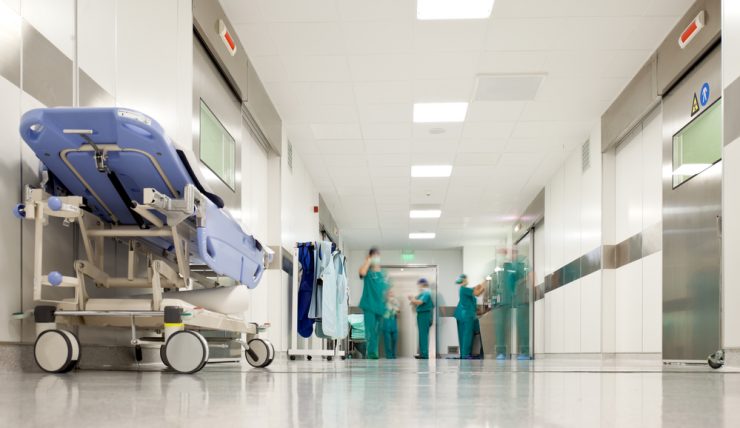A hernia is an internal body part, like an organ, which extends its way through a weak muscle or the tissue wall surrounding it. Normally, muscles are tough and resilient and keep the organs in their positions, however, when these muscles become fragile and weak, they lead to hernia formations.
Inguinal hernia is the commonest type in which a portion of the intestine thrusts itself through the lower abdomen. It mostly affects men and male babies. This type of hernia shows up as a swelling or bump in the groin area or an enlarged growth of the scrotum, which disappears when the person is lying down. This hernia can, in some cases, be painful.
Definition and purpose of inguinal hernia repair
Inguinal hernia repair is a surgery to push the extended hernia back into its normal place and to toughen and strengthen the abdominal muscles surrounding it.
The surgery is essential to avoid the below conditions and problems
Hernia can become larger, more uneasy and painful, mainly during lifting and bending.
The bump can get into the scrotal sac and make it sore and inflamed
It can hinder exercise and sex
Hernia, mostly, just causes uneasiness and botheration. However, in some cases, it can strangulate or squash the bowel piece that is stuck inside the bulge. This prevents blood flow into that part of the bowel and can become an emergency situation for surgery.
Causes for inguinal hernia
Weakening of the muscles in the abdominal wall close to the inguinal canal causes inguinal hernia. The muscle weakening can be attributed to below risk factors
Ageing, chances rise with age
Gender, males are at higher risk
Presence of a previous hernia, umbilical or hiatus
Person being white has more chances of developing hernia
Having persistent cough, caused by conditions like COPD or chronic obstructive pulmonary disease, which puts more pressure on the abdominal wall.
Recovery from Inguinal hernia repair
The hernia repair procedure is painless, however, soon after the surgery is done, and the anaesthesia effect wears out, the patient feels discomfort and soreness in the groin area. Painkillers are advised to relieve pain. A few simple measures can be undertaken to have a quick recovery. These include
Follow the nurse’s instructions regarding hygiene, bathing and caring for the surgical wound
Continue painkillers as prescribed, if pain persists
The anaesthetic effect wears out in the next days, avoid alcohol intake, driving, operating machines during this time.
It would take 10-15 days before you can begin your routine activities like walking, working, sports, etc
Avoid strenuous exercises or weight lifting during the recovery period. However, mild exercise can help in healing.
One might feel pain and discomfort while having sex, but it is safe to have it.
Driving should be avoided for 2 weeks after keyhole surgery and up to six weeks after open surgery.
Fruits and vegetables, fibre-rich foods like whole meal pasta, brown rice are recommended to ease the bowel movements and avoid constipation. This will avoid strain and pain in the groin area while going to the toilet.













